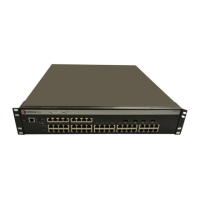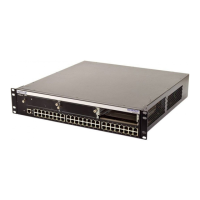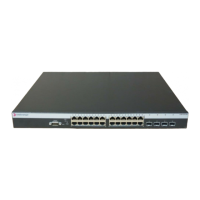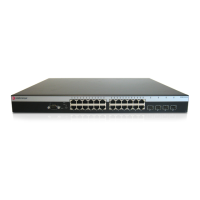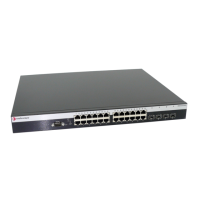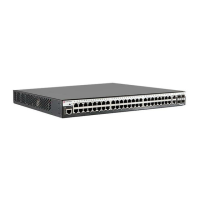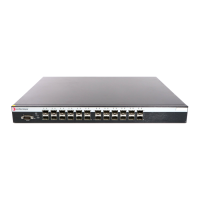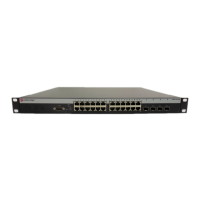Command Line Interface
4-192
4
Command Mode
Interface Configuration (Ethernet, Port Channel)
Command Usage
• This command is used to enable/disable the fast spanning-tree mode for the
selected port. In this mode, ports skip the Discarding and Learning states,
and proceed straight to Forwarding.
• Since end-nodes cannot cause forwarding loops, they can be passed
through the spanning tree state changes more quickly than allowed by
standard convergence time. Fast forwarding can achieve quicker
convergence for end-node workstations and servers, and also overcome
other STA related timeout problems. (Remember that fast forwarding should
only be enabled for ports connected to a LAN segment that is at the end of
a bridged LAN or for an end-node device.)
• This command is the same as spanning-tree edge-port, and is only
included for backward compatibility with earlier products. Note that this
command may be removed for future software versions.
Example
Related Commands
spanning-tree edge-port (4-191)
spanning-tree link-type
Use this command to configure the link type for Rapid Spanning Tree and Multiple
Spanning Tree. Use the no form to restore the default.
Syntax
spanning-tree link-type {auto | point-to-point | shared}
no spanning-tree link-type
• auto - Automatically derived from the duplex mode setting.
• point-to-point - Point-to-point link.
• shared - Shared medium.
Default Setting
auto
Command Mode
Interface Configuration (Ethernet, Port Channel)
Console(config)#interface ethernet 1/5
Console(config-if)#spanning-tree portfast
Console(config-if)#
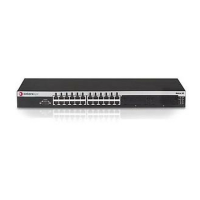
